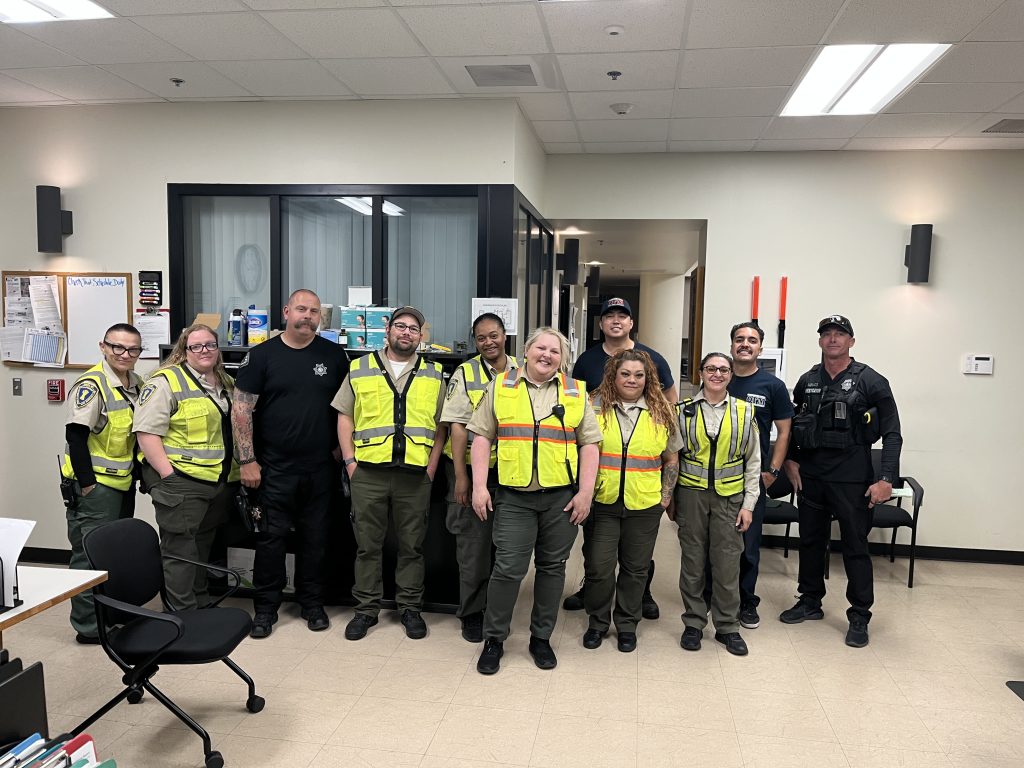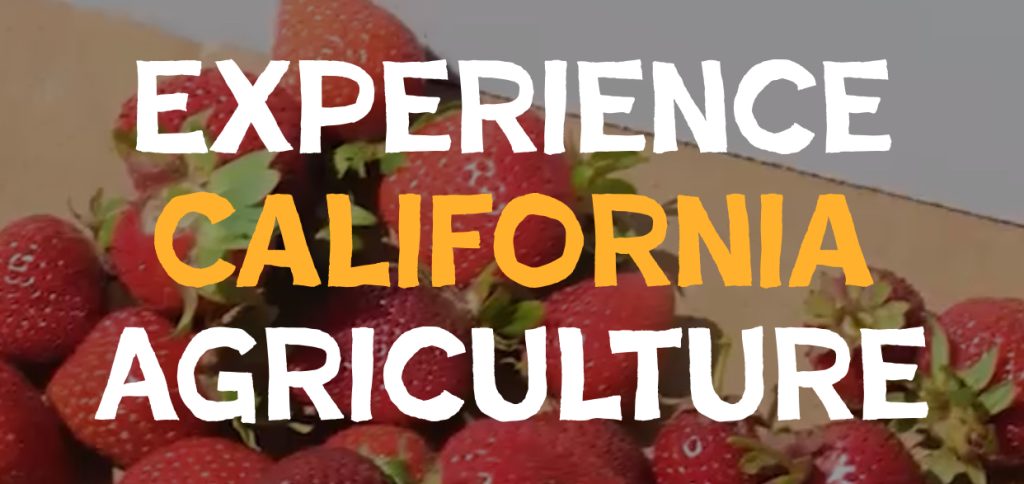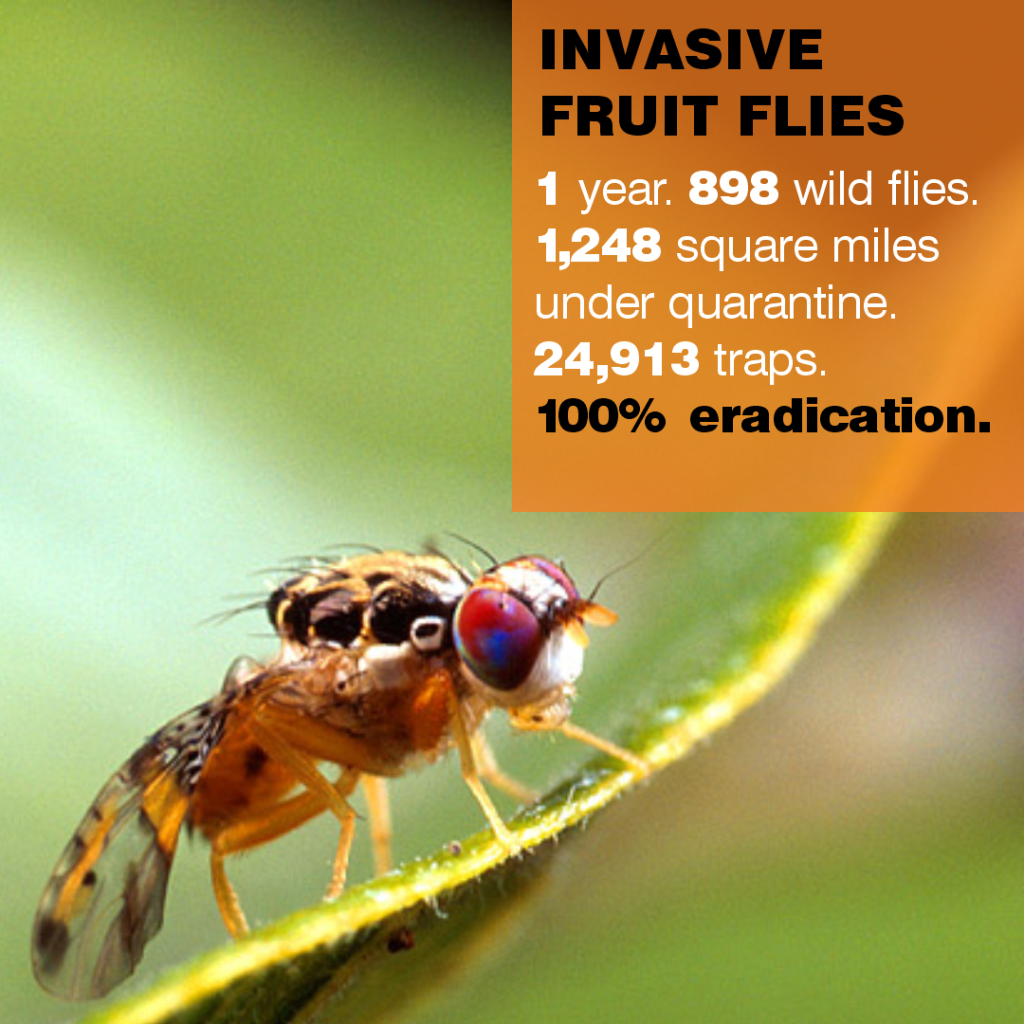From a State Fair News Release
The California State Fair proudly recognizes the legacy, resilience, and contributions of multi-generational farming and ranching families as part of the 2025 Agricultural Heritage Awards. This year’s honorees include families whose operations span over a century of dedication to California’s rich agricultural landscape, with two families celebrating an extraordinary 175 years of continuous farming.
The honorees will be celebrated for their remarkable contributions and unwavering commitment to California agriculture at the Ag Heritage Awards Ceremony, Wednesday, July 16, 2025 at the 1 p.m. at the Clubhouse at the Michelob Ultra Racetrack Grandstand. The Friends of the State Fair will also acknowledge their scholarship recipients.
“These families represent the spirit and perseverance of California agriculture,” said Tom Martinez, CEO of the California Exposition & State Fair. “They’ve remained committed to working the land and feeding their communities and the world.”
175-Year Honorees
Locke Ranch Inc. – Lockeford, CA
Founded in 1850 by Dr. Dean Jewett Locke, Locke Ranch is a testament to six generations of agricultural innovation and perseverance. From cattle and dairy to wine grapes and walnuts, the Locke family has continuously adapted to the times, overcoming floods, failed crops, and economic shifts. Today, the ranch spans 600 acres and remains under the stewardship of Chris and Elliot Locke, with a strong focus on sustainability and innovation.
Hoskins/Pleasants Ranch – Pleasants Valley, CA
Settled in 1850, the Hoskins/Pleasants Ranch helped give Pleasants Valley its name. Through generations, the family raised livestock, grew orchards, and now focuses on queen bee production and regenerative agriculture. Despite the destruction of historic buildings during the 2020 LNU Lightning Complex Fire, including an original 1880 barn, the ranch was rebuilt. Under the care of Ethel Hoskins and the Joyful Ranch Foundation, this historic homestead is preserved for future generations and recognized on both the National and State Registers of Historic Places.
125-Year Honorees
Gowan’s Family Orchard – Philo, CA
Established in 1876, Gowan family orchards are located in Philo, California, near the Mendocino coast, in the heart of Anderson Valley. Gowan’s Heirloom Cider is California’s pre-eminent premium cider, estate grown, produced, and bottled. Gowan’s Heirloom Cider is self-distributed in California, and available online throughout most of the US.
Tyron Ranches – Del Norte County
The Tryon family first settled in Del Norte County in the early 1800s. In November 1883, George Tryon purchased the original ranch property, laying the foundation for a multi-generational legacy in agriculture. Today, the ranch is proudly owned and operated by his great-niece, Rose Tryon. Rose acquired the ranch from her father, Presley Scott Tryon. Rose attributes her deepest inspiration to her grandmother, Celia W. Tryon, the matriarch of the ranch who passed on a profound respect for the land and her family’s heritage. Rose is honored to farm the same fields today where she once fed hay alongside her grandmother as a child. A lifelong advocate of agriculture, Rose Tryon has dedicated herself to advocacy and leadership. She is a former State President of California Women for Agriculture and currently serves as the National President of American Agri-Women.
100-Year Honorees
Heinke’s Family Farm – Paradise, CA
Founded in 1925, Heinke’s Family Farm has evolved from fruit preserves to organic juice and specialty crops. Known for launching the U.S. kiwi industry, the farm faced devastating loss during the 2018 Camp Fire—but the orchard and vineyard survived. Today, Heinke’s stands as a powerful symbol of resilience and renewal, continuing to grow and distribute organic produce nationwide.
San Gabriel Nursery & Florist – San Gabriel, CA
Established in 1923 by Japanese immigrants Fred and Mitoko Yoshimura, this beloved nursery overcame immense adversity. In 1942, the Yoshimura family—American citizens—were forcibly relocated to an internment camp during World War II. After the war, they returned and rebuilt across the street, growing the nursery into a flourishing business and cultural landmark. Fred was a pioneer of the California Bonsai Society, and the family introduced unique plant varieties like the “Mission Bell” azalea.
About the California State Fair Ag Heritage Program:
The Agricultural Heritage Club was established in 1948 to honor California farm families who have maintained continuous family ownership and operation of their land for 100 years or more. The awards are a cherished State Fair tradition celebrating the vital role agriculture plays in California’s identity and economy.
The State Fair runs through July 27 at Cal Expo.










